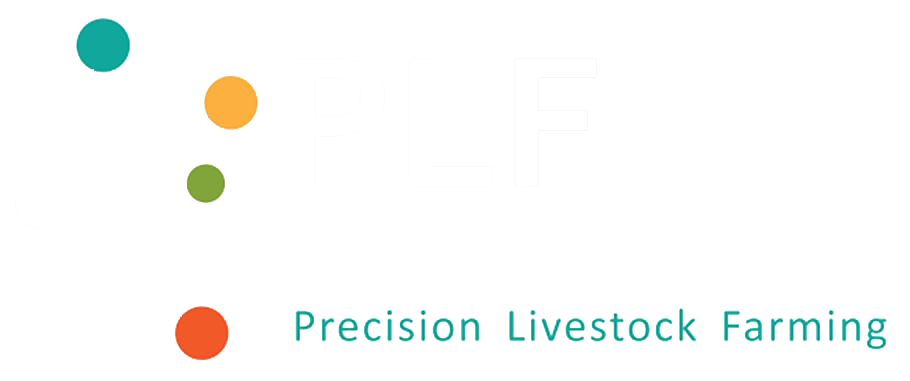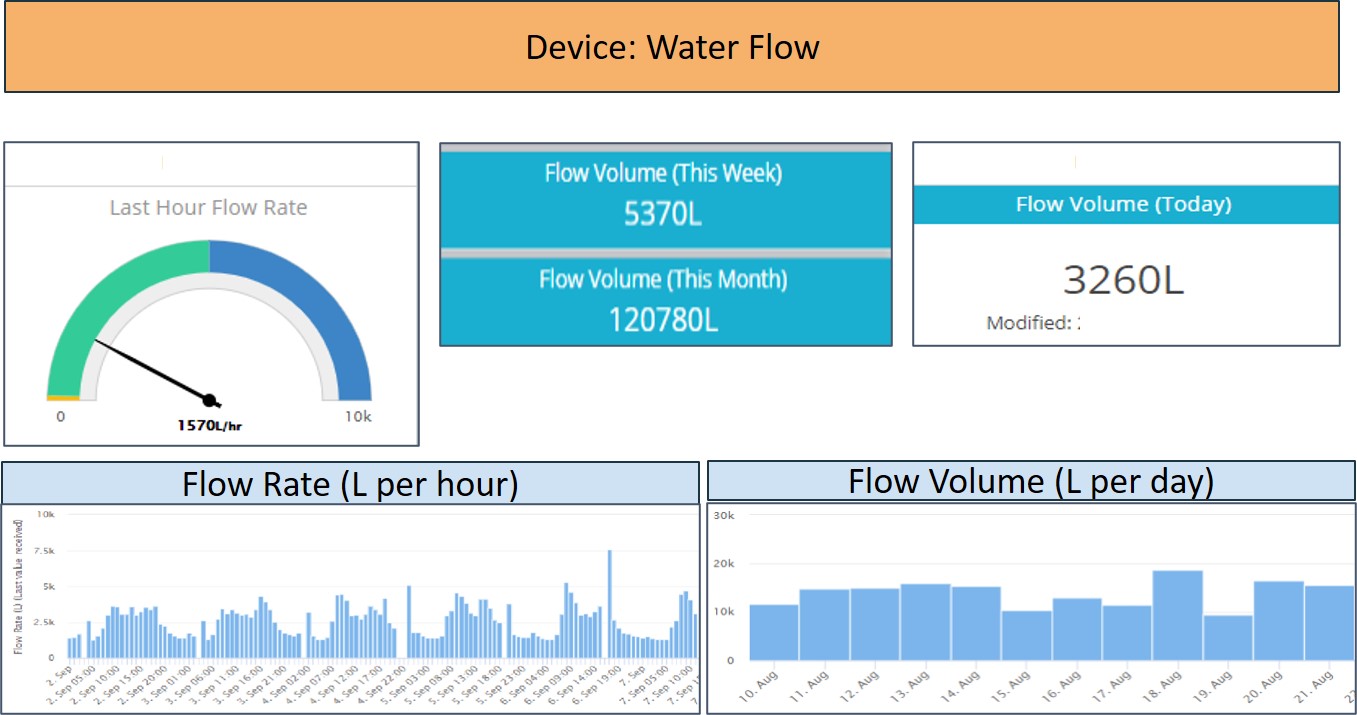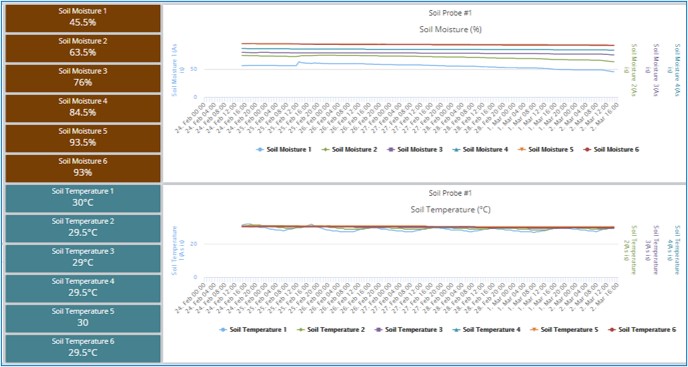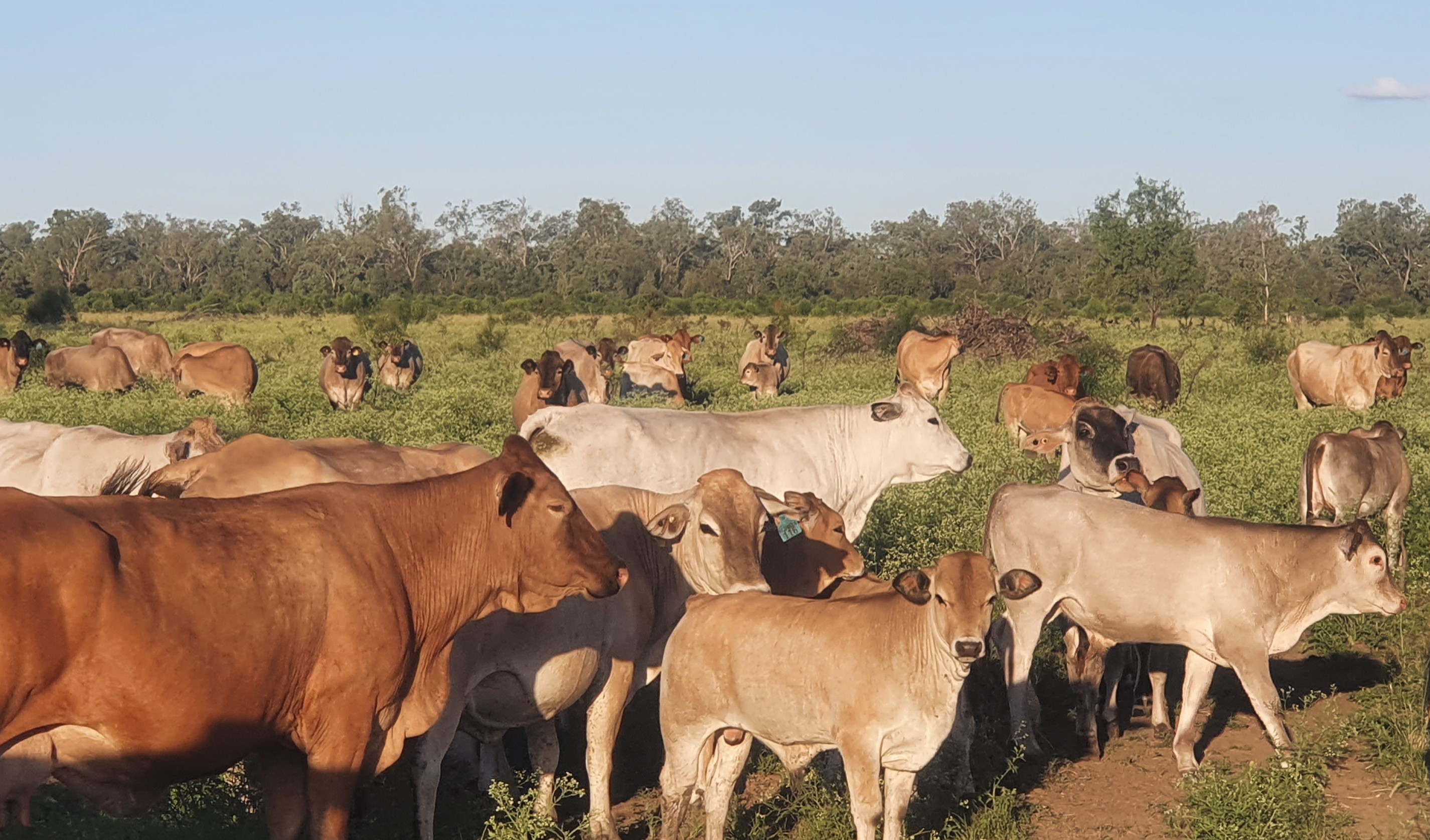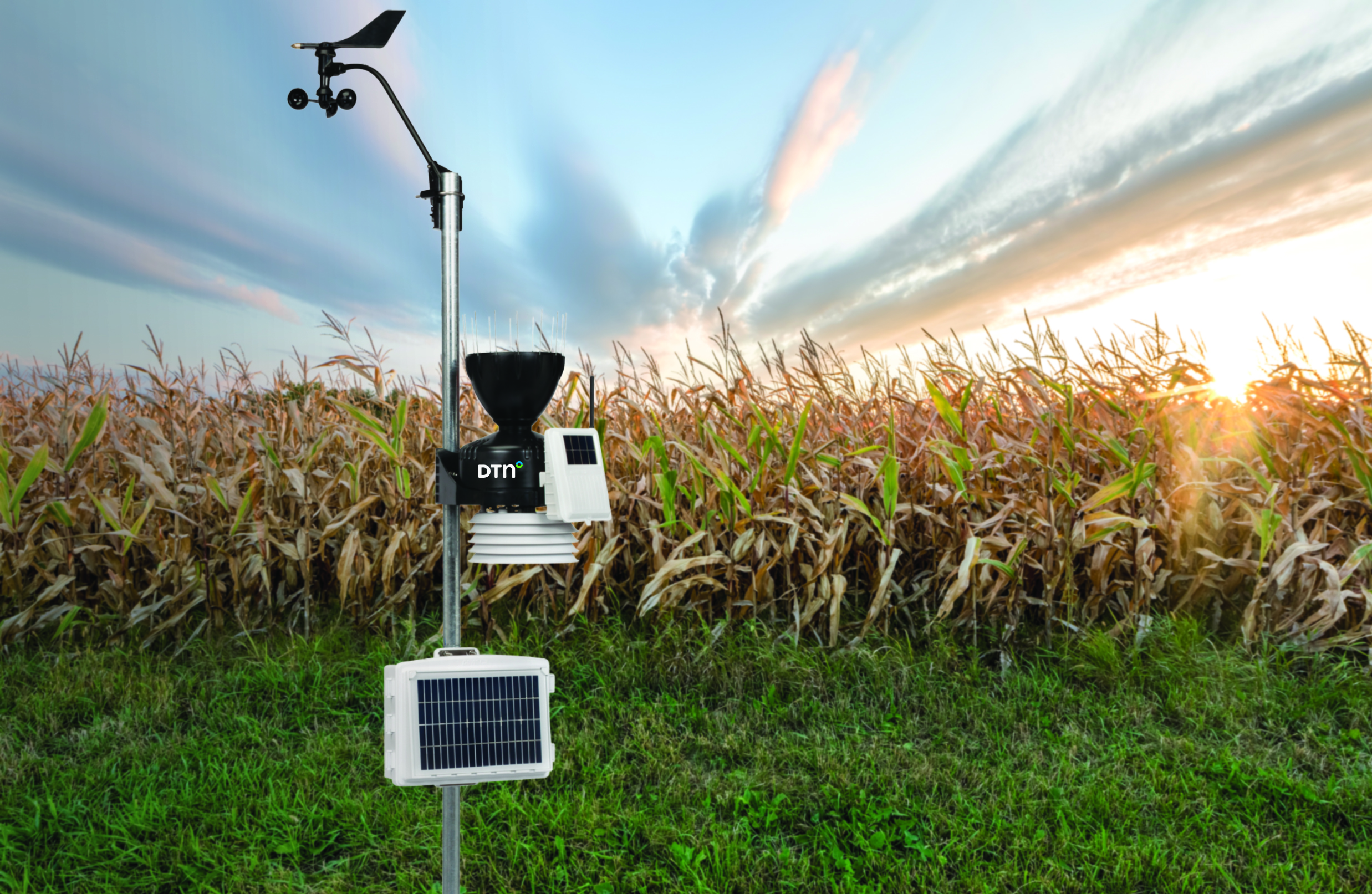It is vital to ensure that technology advances in the agricultural sector were “relevant, practical, effective and, ultimately, adopted” and did not simply produce research papers that “collect dust on book shelves”
Mark Allison, Chief Executive, Elders
BENEFITS
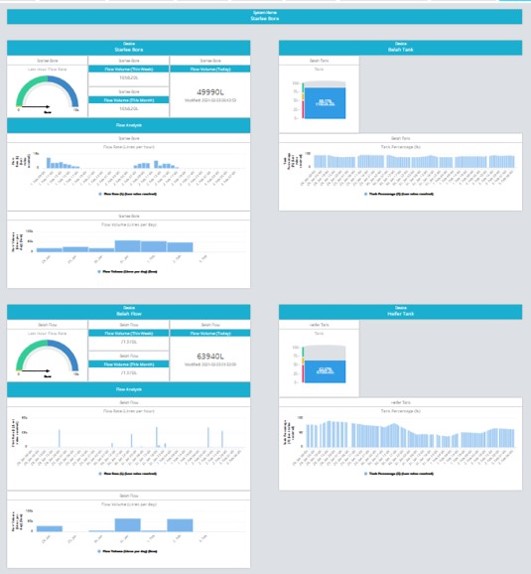
Water level
The farmer can see the current water level in each tank as part of a whole water system and how much it fluctuates when cattle drink, as well as how long it takes to be replenished from the upstream source.
This can save considerable time and resources, as the farmer doesn’t need to physically inspect the tanks as often, or unless he/she receives an email advice, either as a simple notification at 75%, or a warning at 50%. In which case he/she can take the appropriate action.
